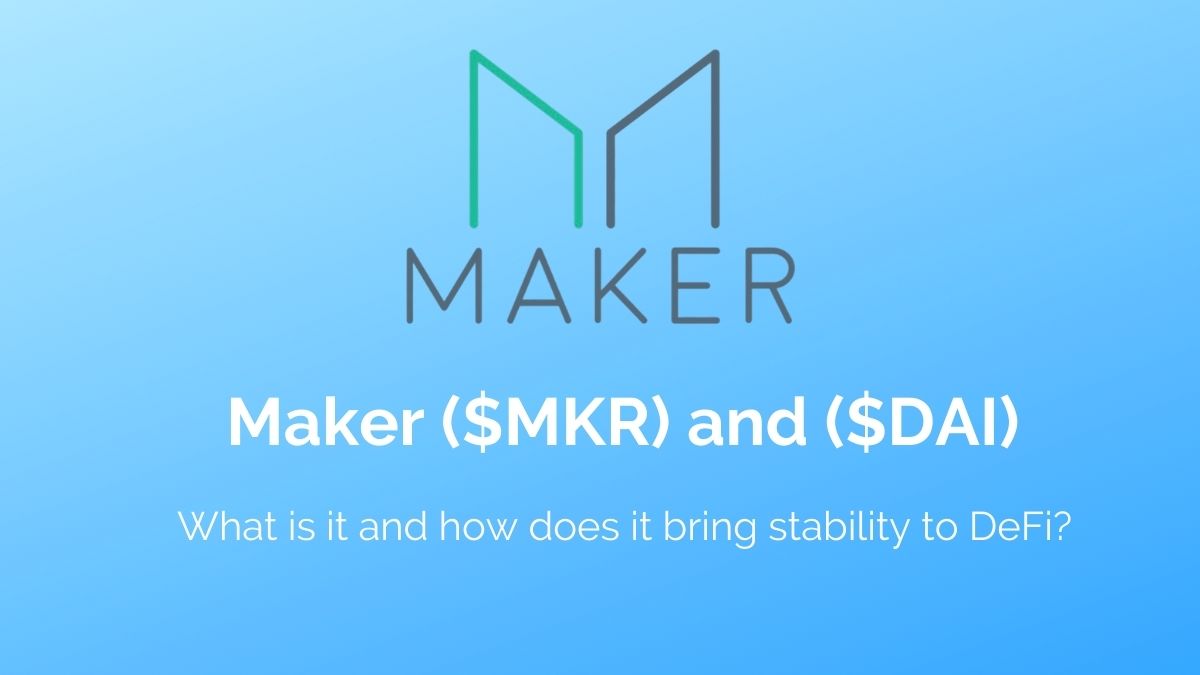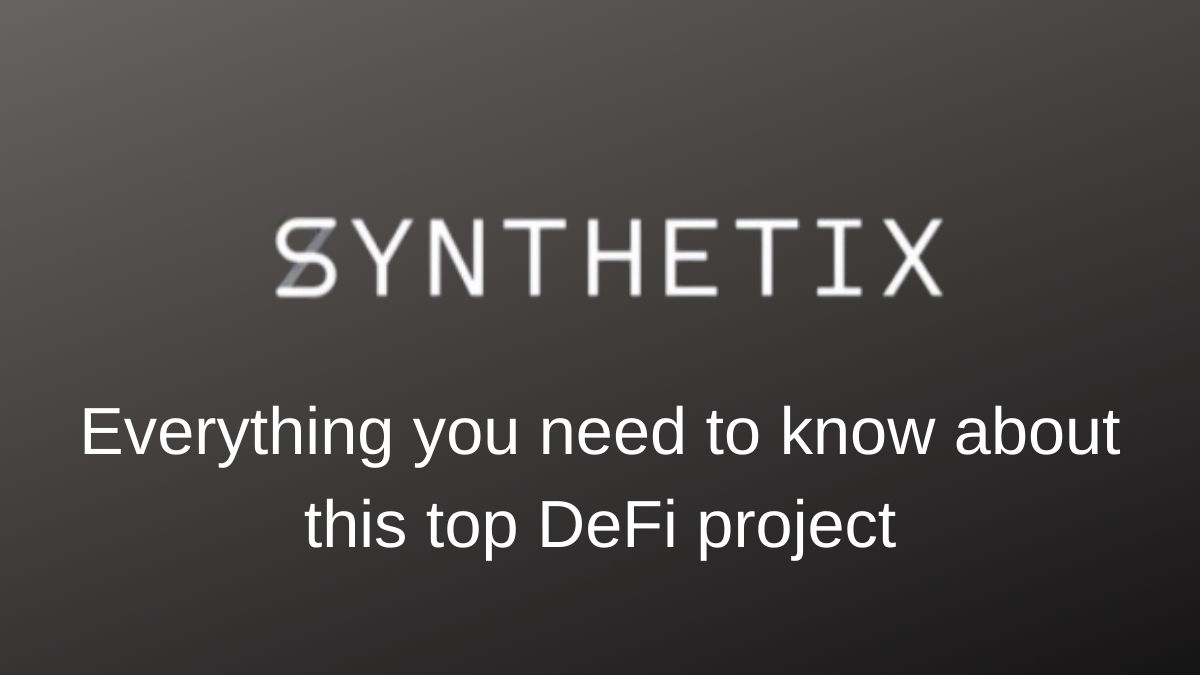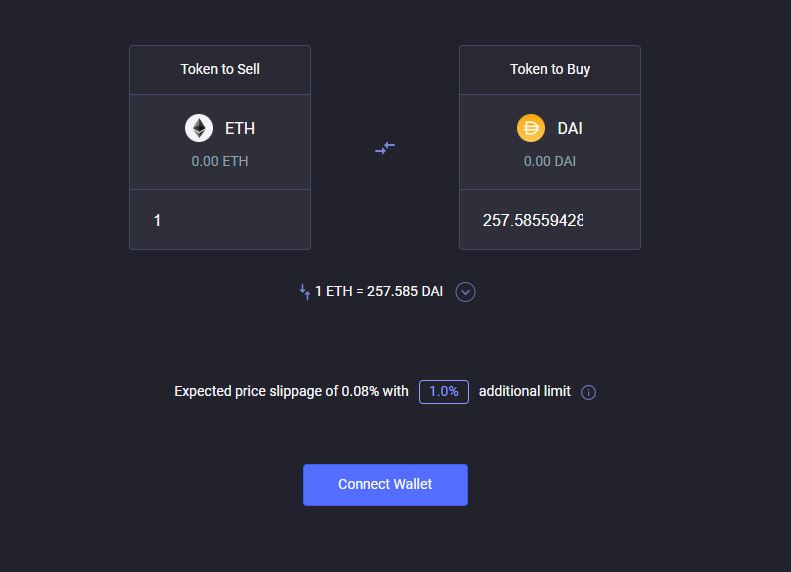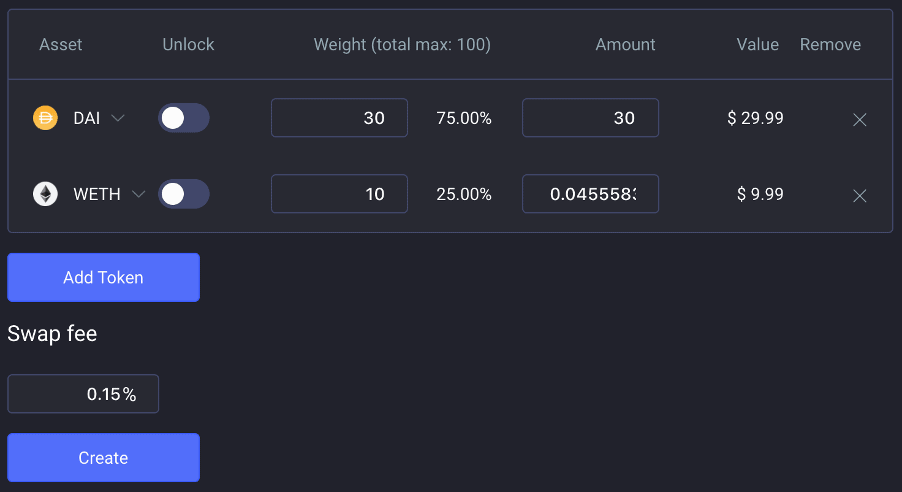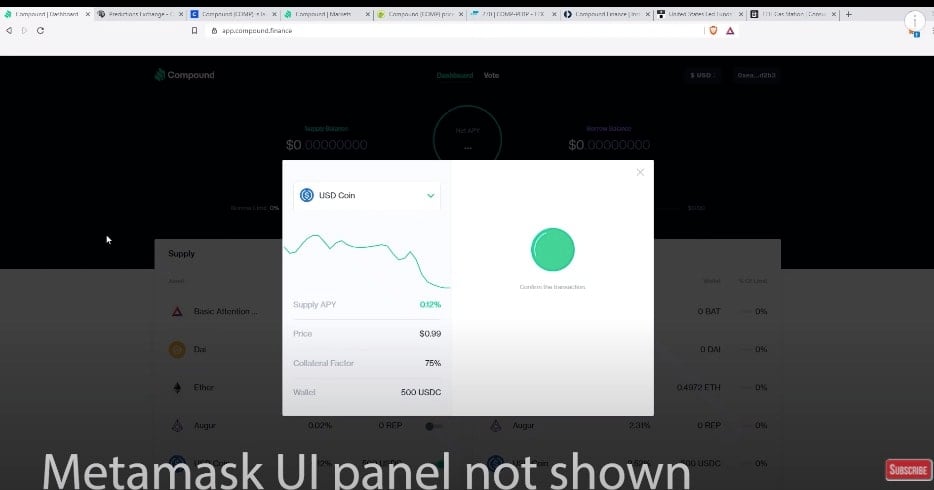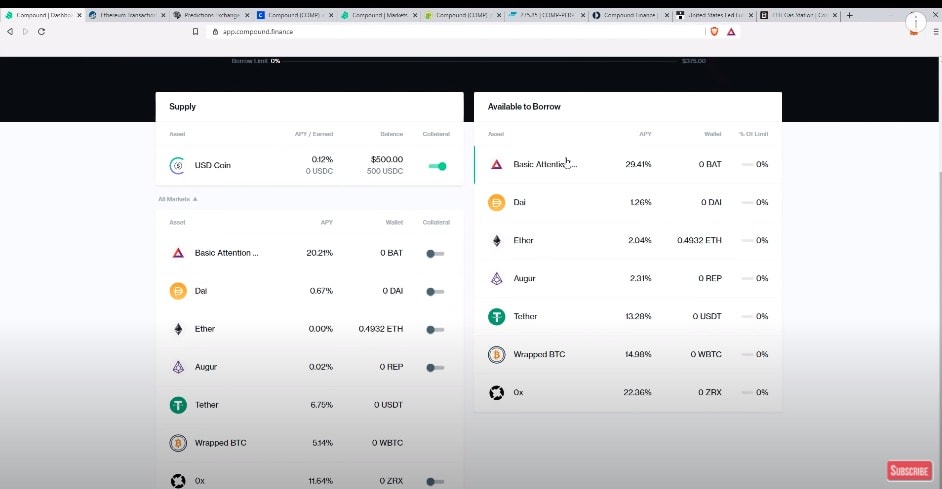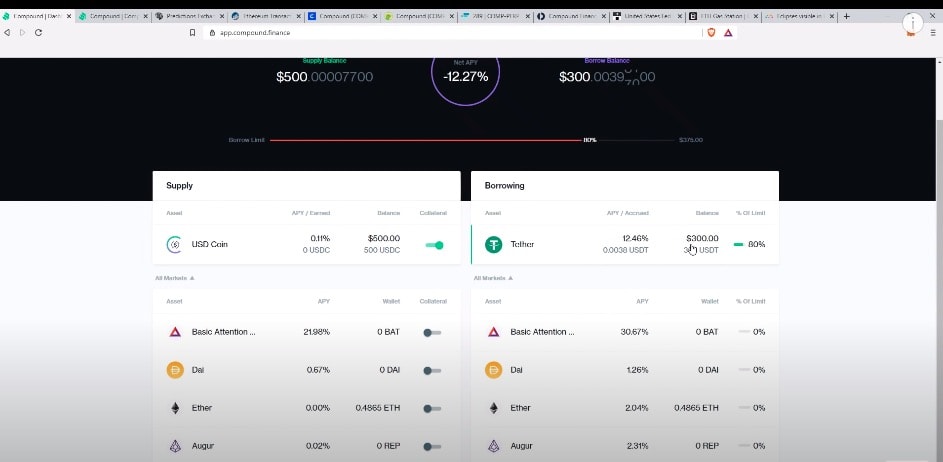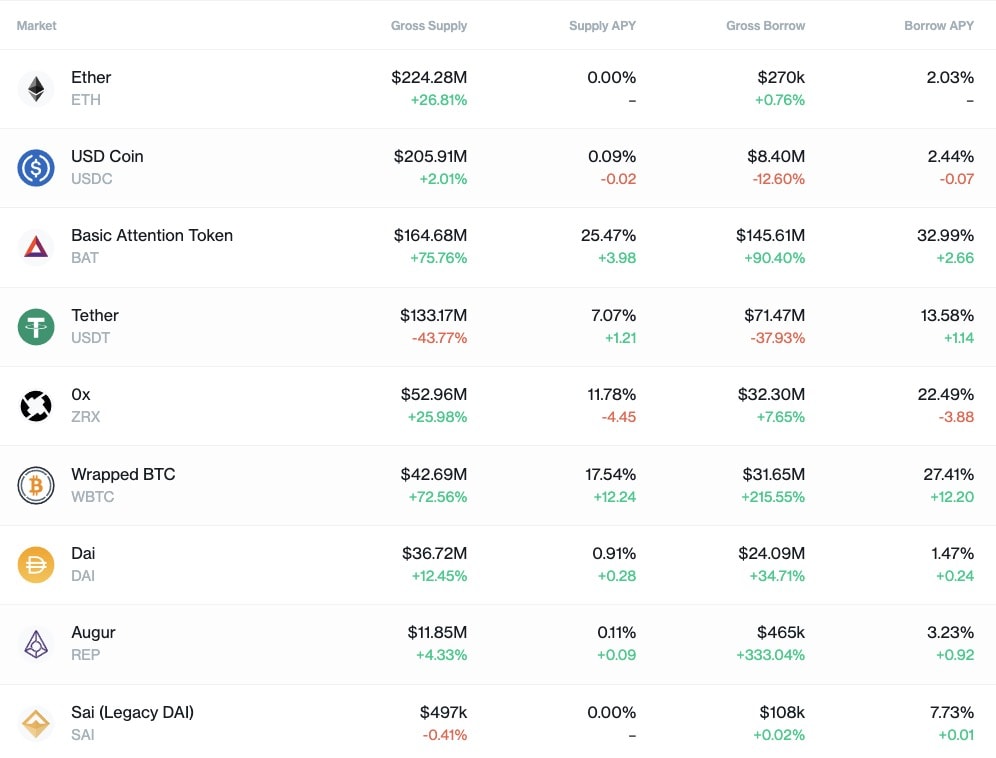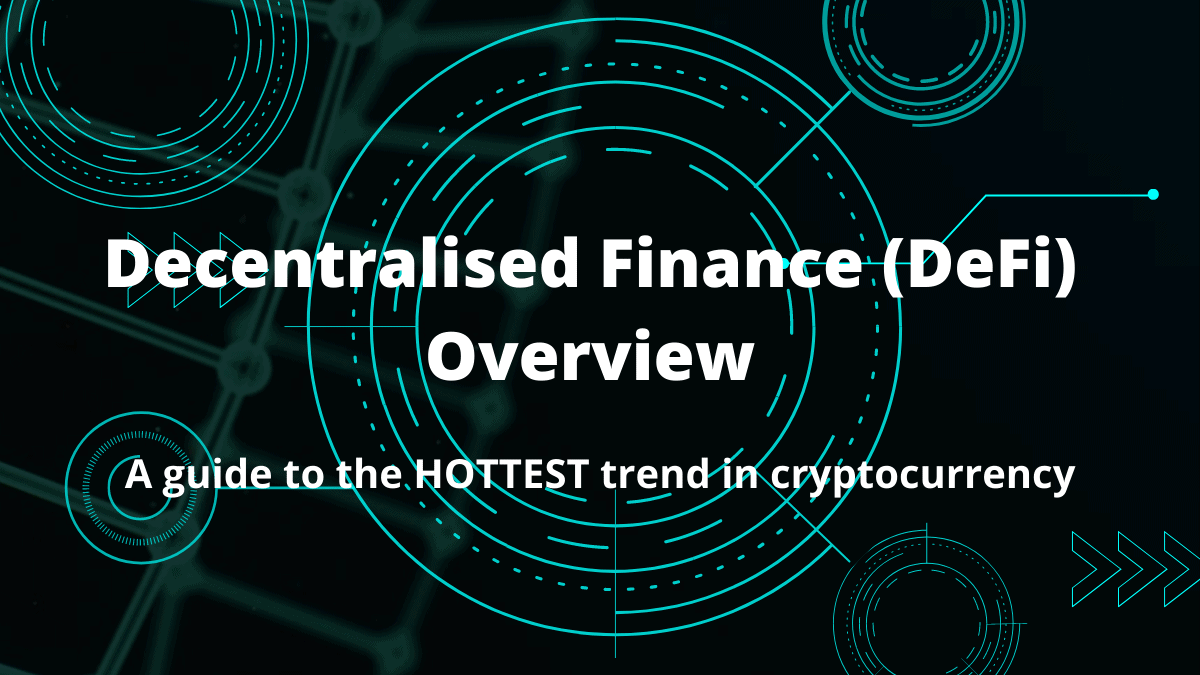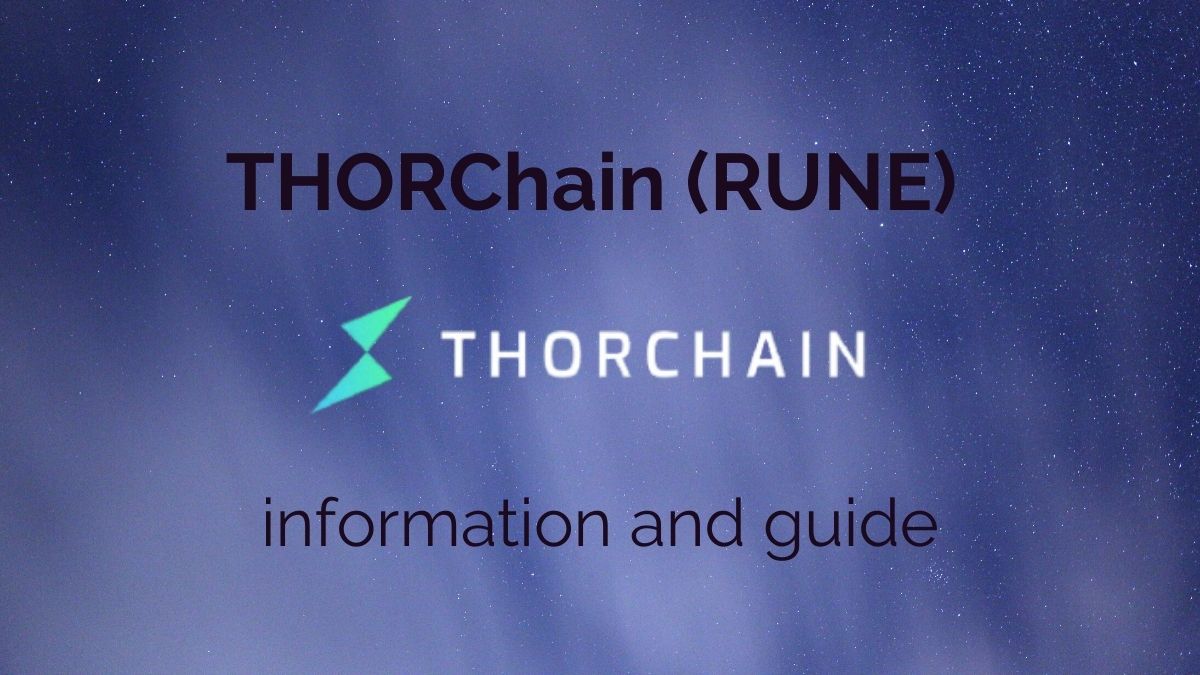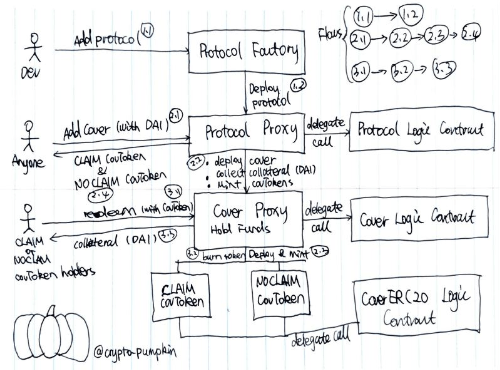Curve Finance is a decentralized exchange (DEX) for trading stablecoins. As with every other Decentralised Finance (DeFi) project, Curve Finance has its own token known as Curve DAO token ($CRV). The Curve Finance DEX has already been up and running since January 2020, and yield farmers have already been making gains off of it. However, it was the abrupt listing of the $CRV token on 14th August 2020 that really turned heads in the cryptocurrency space, and not necessarily in a good way. In this article, we take a look at the background and features of Curve Finance and the controversial launch of its $CRV token.
To learn more about Curve Finance and specifically $CRV yield farming and how to see if YOU may have any $CRV, check out our latest video:
Background
Michael Egorov CEO of Curve Finance, also worked with the NuCypher team as Co-founder and CTO for five years. Egorov has served Curve through his expertise in software development, thanks to his managerial stints at different tech companies in the past.
The team behind Curve Finance officially began working on the exchange back in December 2019, and they launched it in January 2020. Even then, Curve was already being used by several arbitrage traders, but its popularity shot up after it recently (and surprisingly) launched its governance token this August 2020.
Interestingly, it appears that even after the launch of the CRV token, some members of the Curve team did not know that it was already out. It was so abrupt that the team had to adopt it after having no option but to just review its codes following the deployment.
What is Curve Finance?
Curve is a decentralized exchange liquidity pool built to support the efficient trading of stablecoins. At present, Curve supports BTC pairs, as well as DAI, BUSD, sUSD, TUSD, USDC, and USDT.
And through the help of AMMs (automated market makers), Curve makes low slippage trades possible while keeping transaction fees low. Most arbitrage traders prefer Curve compared with other liquidity pools like Uniswap simply because of the savings in trades.
With only a few months in existence, the platform has already beaten other exchanges in terms of trading volume. With Uniswap at the top of the ranks, Curve performed stronger than projects such as Aave, Compound Finance and Balancer.
What sets Curve apart from other DEXs?
The problem with DEXs like Uniswap is the cost that users incur for token trades. If you look at other DEXs, they can’t facilitate direct token trades. In Uniswap’s case, for example, stablecoins still have to be traded for ETH, before they are traded with the stablecoin that the user wishes to get (Uniswap V2 might have already eliminated this drawback). Given that the transaction involves two trades, the transaction fees are also doubled for every user.
Curve functions differently. The platform’s liquidity pool allows direct token trades among listed pairs. With a direct swap function, users save more by paying lower trading fees. And as of now, the fees are still set at 0.04% per transaction. This means that users have the opportunity to execute more efficient trades without having to pay much in fees for every transaction.
The algorithms for both DEXs are also different. Uniswap focuses on maximizing available liquidity, but Curve’s algorithm puts more importance in minimizing slippage. Because of this, high frequency and large volume traders save more by using Curve.
Compared with the order book systems, Curve uses an AMM model that maximizes on-chain liquidity pools to provide the necessary funding even before trades are executed.
Making Money Providing Liquidity in Curve
On-chain liquidity pools refer to funds held in exchanges to facilitate trades. With Curve, users can freely deposit any supported token in the pool and become a liquidity provider. This is what we mean when we talk about funding specific pools for Curve’s trading pairs.
And in turn, liquidity providers earn fees from the swaps that are performed in the exchange.
Thanks to Curve’s composability, its liquidity pool is also accessible to many other protocols. In fact, the platform experienced increased trading volume after the introduction of liquidity mining from yEarn.
yCRV
In liquidity mining, miners help run an exchange’s market-making bot to help it run its trades. This trend enticed miners to provide additional liquidity in yEarn’s yCRV token because it appeared to be quite profitable.
The yCRV token is a wrapped token composed of Curve’s supported trading pairs and represents its liquidity pool. Additionally, since Curve’s liquidity pool is available to other protocols such as Compound, liquidity providers also earn additional income from their interest fees.
While supplying liquidity in Curve’s pool appears profitable, it also entails some risks. These are some of the uncertainties that Curve’s liquidity providers are likely to face.
DeFi Ecosystem Vulnerability
Since Curve is already integrated with some other DeFi platforms, users have to be able to monitor ongoing issues on these other protocols. Looking after security issues in other projects will ensure that liquidity providers are well-knowledgeable about the risks of depositing their assets in Curve’s pools.
Yield Volatility
Curve’s yields fluctuate a lot. Although high yield pools entice users to provide liquidity over time, it also ultimately becomes low or medium yield pools over time.
To combat this, users can opt to supply liquidity to all Curve pool, a diversification strategy. And this would give out the average yield of all pools. Unfortunately, it also raises slippage and gas fees, as well as exposure to smart contract vulnerability.
Calculating Profits after Gas and Fees
One hurdle with supplying liquidity on the Curve protocol is calculating your profits after gas and slippage fees are deducted.
The platform splits liquidity across various pools and is linked to external protocols. As a result, gas fees are relatively high. And depending on tokens you supply, you may encounter significant slippage as well.
This makes it rather difficult to do yield-hunting — the chasing of high yields by changing of pools. It is recommended that liquidity providers deposit tokens to pools for long enough periods in order to make a profit after slippage and gas fees are paid.
$CRV Token
$CRV is Curve’s native token, it is generated when you deposit and stake cryptocurrencies on the platform. It is awarded to liquidity providers proportional to their share from the yield which their pools make. And since CRV has just been released, those who have contributed to Curve’s liquidity pool will receive a prorated amount of it.
With Curve’s transition to become a DAO, CRV tokens also represent the holders’ rights to take part in its governance mechanism, so they can make proposals and vote on them. And with CRV, governance will follow a ‘time-weighted’ voting system. It simply means that the longer they hold CRVs, the greater their voting power in the DAO becomes.
What yield-farmers also do is to take advantage of the popularity of DeFi to speculate on tokens such as $CRV. So what they would do is after depositing and earning the $CRV token, they would sell $CRV on the market for profit.
What happened with the $CRV token launch?
Prior to the launch, $CRV was one of the most anticipated and talked about tokens, and the team saying it would launch in “early August 2020”. On 14th August 2020, the $CRV token was suddenly launched by an anonymous developer without anyone, including the Curve Finance team knowing. The developer was able to do this because the code of the $CRV token and DAO was available on GitHub, so all the developer had to do was to put the two together and launch the smart contract.
Of course after the initial launch of the token other cryptocurrency enthusiasts started posting on Twitter about the news. This meant the Curve team had to go around clarifying the situation and saying it was a scam. The Curve team also scrambled to confirm that the contract deployed by the developer had the same code and that there were no significant changes or backdoors added i.e. there was nothing malicious in the contracts.
So Curve ended up declaring that this was their official token and DAO launch, and needless to say, the cryptocurrency community were not happy about it. This was made worse by the fact that in the hours between the time the developer launched $CRV and Curve declaring it was an official launch, 80,000 CRV tokens were already mined by some users. This led many others to say that it was unfair to others considering the Curve team had previously announced there would be 24 hours between the contract being deployed and the first token being issued.
Following this announcement, other major exchanges such as Binance, OKEx etc. also began listing $CRV.
$CRV is highly volatile, prices were at an all time high of $54.01 on 14th August 2020, and went to an all time low of $4.17 on 17th August 2020. Also being a mined currency, the initial supply will be extremely low and only increases over time after more has been mined. This results in prices being highly volatile as we can see because with more tokens will be mined, these miners will quickly sell their tokens on the market. This is especially the case during the initial launch phase where there is a lot of hype, but very little supply.
So those speculating on $CRV really need to exercise caution because it is very risky.
How to Use Curve to Trade
In order to use Curve Finance, simply go to their web portal at https://www.curve.fi and connect a web3 wallet like MetaMask.
Choose which cryptocurrencies you want to trade. Then, click “Sell” at the bottom. You will then be prompted by your web3 wallet to confirm the transaction.
Once confirmed, it means that your trade is successful.
Conclusion
While Curve can also be a profitable alternative against Uniswap in terms of high frequency and large volume trades, everyone still has to consider how to effectively balance potential earnings from its corresponding risks.
And if the Curve project continues its run successfully in the months and years to come, it might even become one of the best performing DEXs in the DeFi space for offering low slippage trades as compared with its competitors.
Decentralised Finance (DeFi) series: tutorials, guides and more
With content for both beginners and more advanced users, check out our YouTube DeFi series containing tutorials on the ESSENTIAL TOOLS you need for trading in the DeFi space e.g. MetaMask and Uniswap. As well as a deep dive into popular DeFi topics such as decentralized exchanges, borrowing-lending platforms and NFT marketplaces
The DeFi series on this website also covers topics not explored on YouTube. For an introduction on what is DeFi, check out Decentralized Finance (DeFi) Overview: A guide to the HOTTEST trend in cryptocurrency
Tutorials and guides for the ESSENTIAL DEFI TOOLS:
- MetaMask Guide: How to set up an account? PLUS tips and hacks for advanced users
- Uniswap review and tutorial: Beginners guide and advanced tips and tricks
- Serum DEX guide and review
- SushiSwap ($SUSHI) explained
- 1inch Exchange, Mooniswap and Chi GasToken: The ultimate review and guide
More videos and articles are coming soon as part of our DeFi series, so be sure to SUBSCRIBE to our Youtube channel so you can be notified as soon as they come out!
Disclaimer: Cryptocurrency trading involves significant risks and may result in the loss of your capital. You should carefully consider whether trading cryptocurrencies is right for you in light of your financial condition and ability to bear financial risks. Cryptocurrency prices are highly volatile and can fluctuate widely in a short period of time. As such, trading cryptocurrencies may not be suitable for everyone. Additionally, storing cryptocurrencies on a centralized exchange carries inherent risks, including the potential for loss due to hacking, exchange collapse, or other security breaches. We strongly advise that you seek independent professional advice before engaging in any cryptocurrency trading activities and carefully consider the security measures in place when choosing or storing your cryptocurrencies on a cryptocurrency exchange.



















